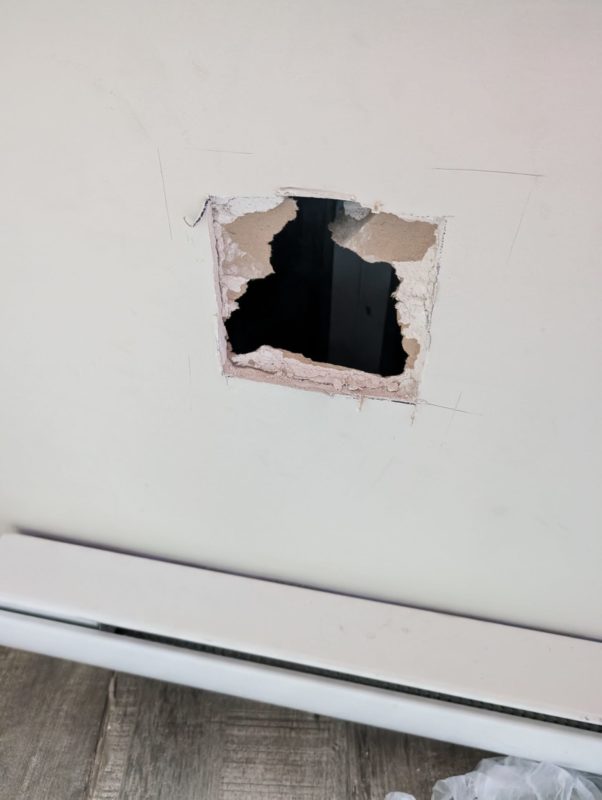4 Common Drywall Issues and How to Fix Them: Expert Solutions for Cracks, Dents, and Water Damage
Drywall is a staple in modern home construction, providing a smooth and versatile surface for walls and ceilings. However, even the most well-installed drywall can encounter issues over time. In this guide, we’ll explore common drywall issues and how to fix them effectively. Whether you’re dealing with unsightly cracks, annoying dents, or troublesome water damage, understanding how to address these problems is crucial for maintaining the integrity and appearance of your walls. Let’s dive into the most frequent drywall problems and discover practical solutions to keep your space looking its best.
1. Cracks
Cracks are among the most common drywall issues homeowners face. Understanding the different types of cracks and knowing how to address them can prevent further damage and maintain the appearance of your walls.
Types of Cracks:
- Hairline Cracks: Often a result of natural settling or minor shifts in the wall structure, hairline cracks are typically narrow and less noticeable.
- Settlement Cracks: These wider cracks usually occur due to structural settling or foundation movement and may indicate more significant issues.
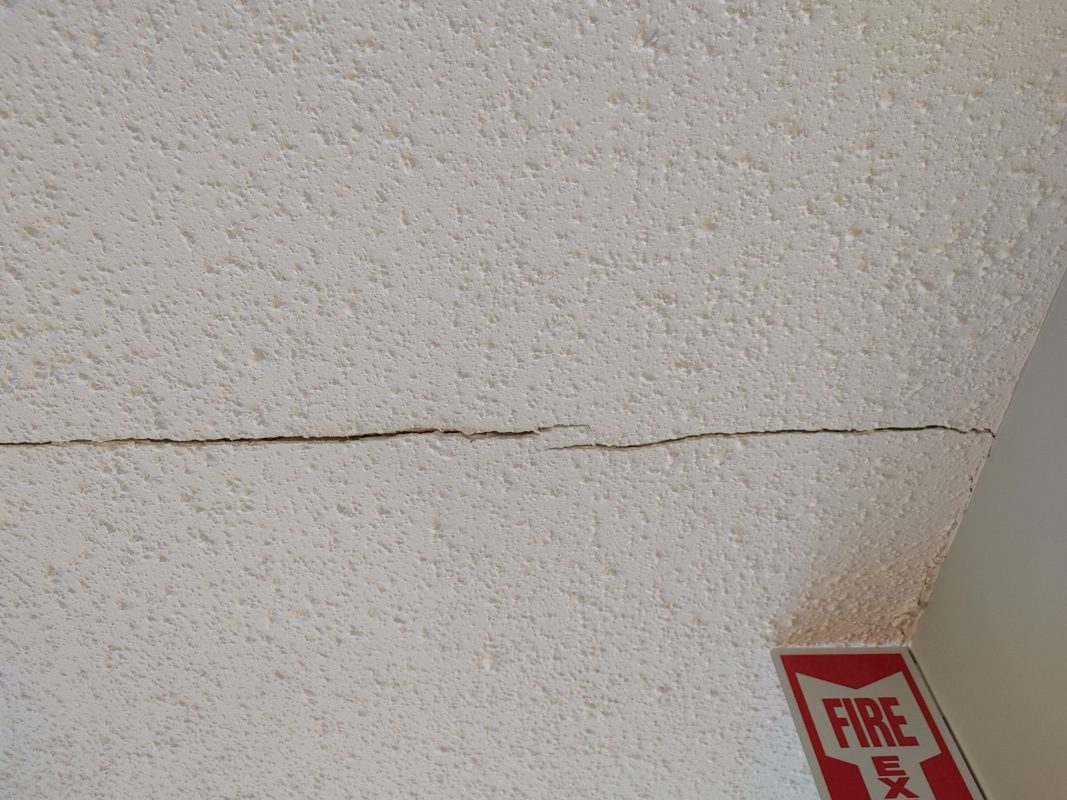
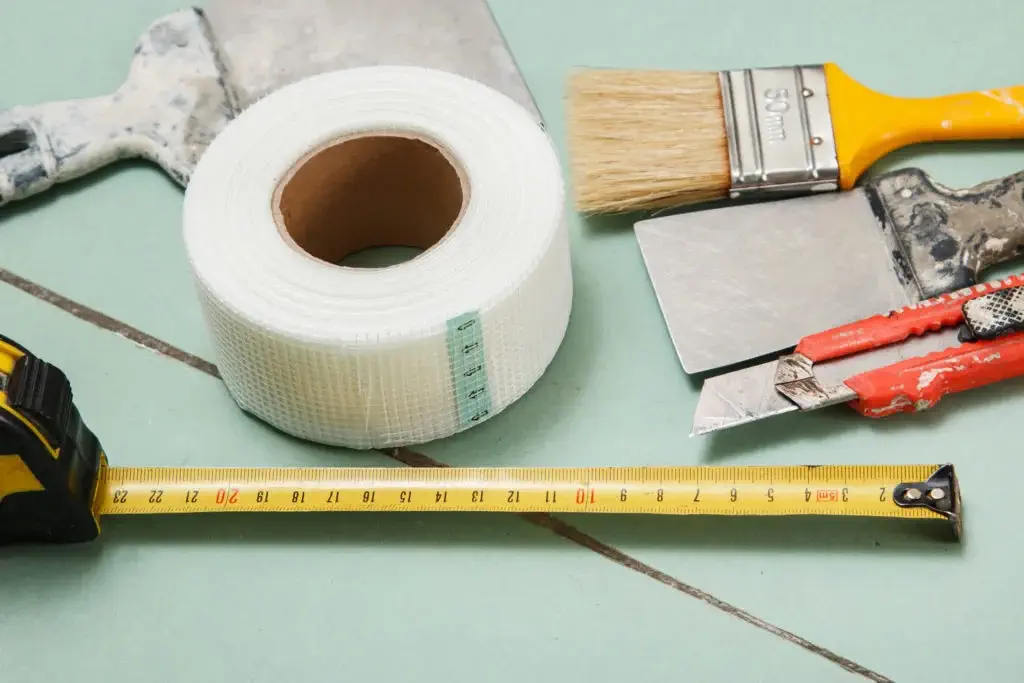
How to Fix Them:
1. Hairline Cracks:
- Clean the Crack: Start by using a utility knife to remove any loose debris from the crack, preparing the surface for repair.
- Apply Joint Compound: Fill the crack with a thin layer of joint compound, smoothing it out to blend seamlessly with the surrounding wall.
- Sand and Paint: Once dry, sand the area smooth. Repaint to restore the wall’s original look, effectively addressing this common drywall issue.
2. Settlement Cracks:
- Reinforce with Mesh Tape: Apply mesh tape over the crack before applying joint compound. This step helps stabilize the repair and prevent future occurrences of this common drywall issue.
- Apply Multiple Layers: Use joint compound in layers, allowing each layer to dry and sanding between applications for a smooth finish.
- Prime and Paint: After the final layer is dry and smooth, prime and paint the area to match the rest of the wall, ensuring a seamless repair.
By effectively managing these common drywall issues, you can keep your walls looking great and prevent further complications.
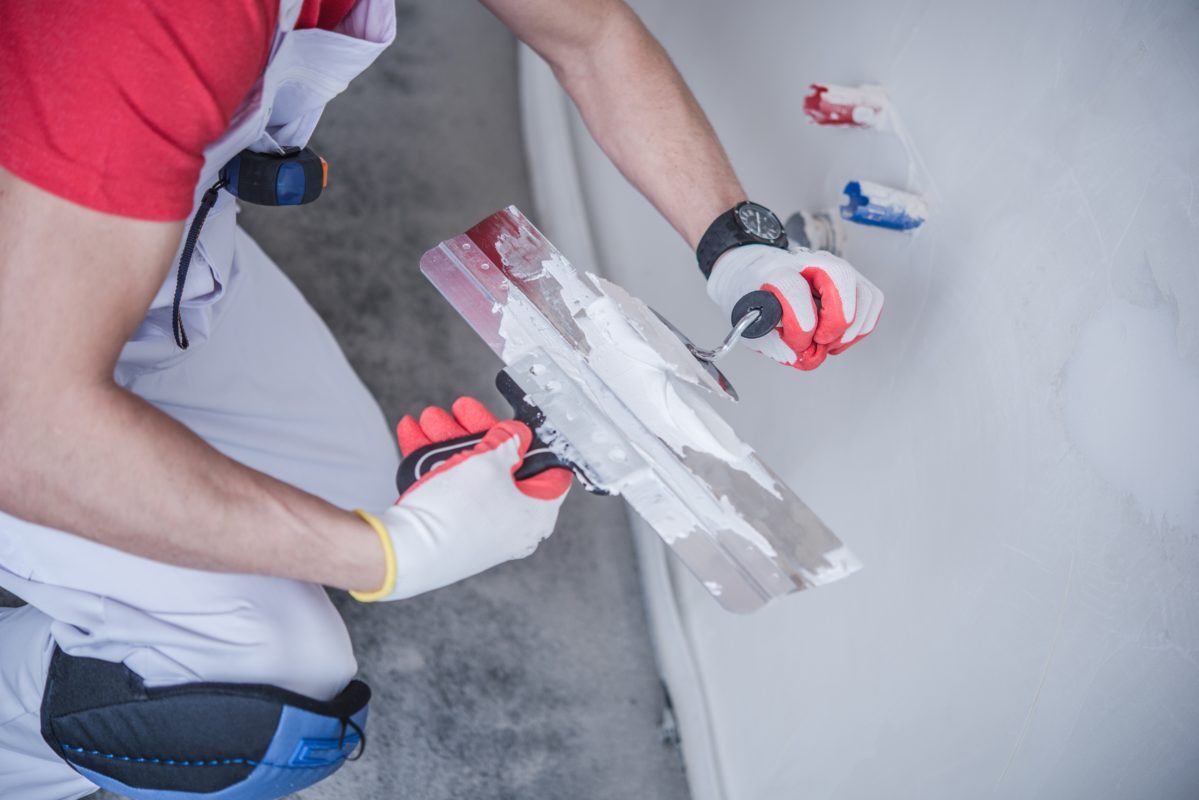
2. Dents and Dings
Dents and dings are another prevalent issue in drywall maintenance, often resulting from everyday activities or impacts. Addressing these common drywall issues promptly can prevent further damage and keep your walls looking their best.

Causes:
- Impact from Furniture or Equipment: Accidental bumps or scrapes from moving furniture or equipment can cause noticeable dents and this is one of the common drywall issues
- Regular Wear and Tear: Over time, everyday use can lead to minor dings and dents in high-traffic areas.
How to Fix Them:
1. Small Dents:
- Clean the Area: Start by removing any dust and debris from around the dent to ensure proper adhesion of the repair materials.
- Apply Joint Compound: Fill the dent with joint compound, smoothing it out to match the surrounding wall surface.
- Sand and Paint: After the compound has dried, sand the area smooth and repaint to blend the repair with the rest of the wall. This approach effectively addresses these common drywall issues.
2. Large Dents:
- Use a Patch: For larger dents, applying a drywall patch is necessary before using joint compound. This helps to cover the damaged area effectively and provides a solid base for further repair.
- Blend the Patch: Ensure that the patch is level with the wall surface. Once the patch is in place, sand it smooth and apply paint to seamlessly blend it with the existing wall.

By addressing dents and dings as soon as they appear, you can maintain the integrity and appearance of your drywall, tackling common drywall issues before they become more serious problems.
3. Water Damage
Water damage is a serious concern when it comes to drywall, often leading to significant issues if not addressed promptly. Understanding how to identify and repair these common drywall issues can help you maintain a safe and attractive living space.
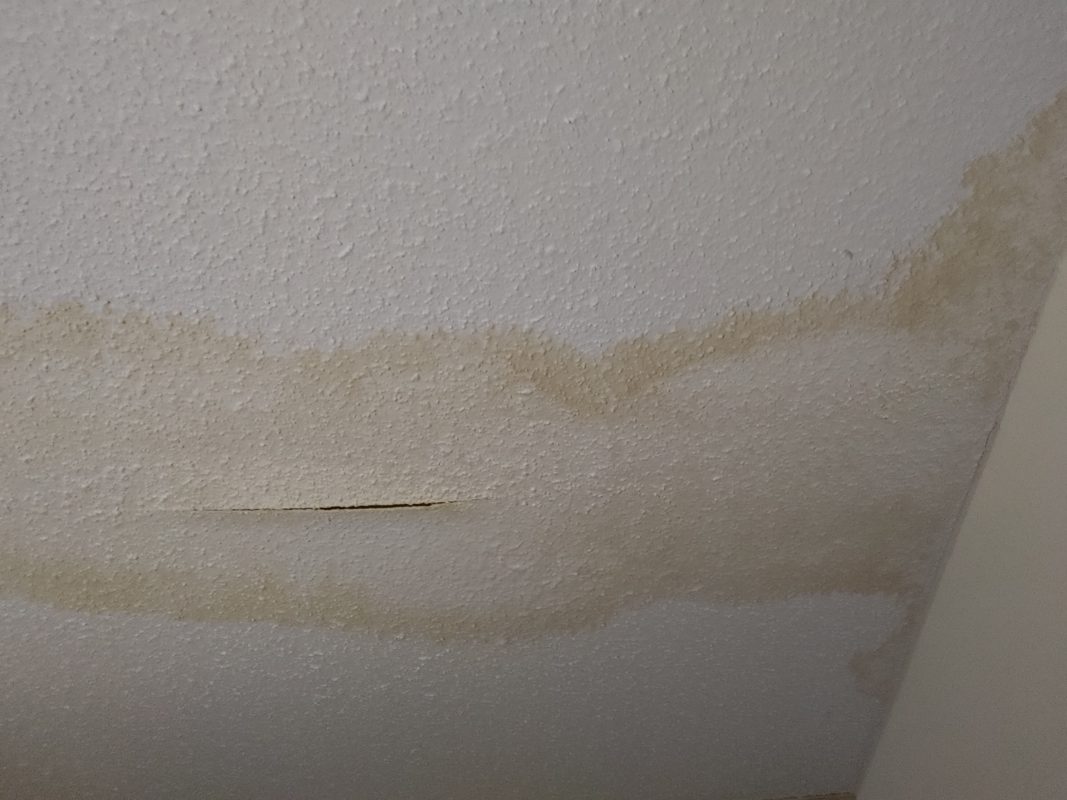
Causes:
- Leaky Roofs or Plumbing: Water intrusion from leaky roofs or faulty plumbing can lead to drywall damage, manifesting as stains, sagging, or mold.
- High Humidity Levels: Excessive humidity can weaken drywall over time, causing it to deteriorate and develop water damage.
How to Fix It:
- Assess the Damage: Start by evaluating whether the damage is merely surface-level or if it has compromised the structural integrity of the drywall. This will guide your repair approach.
- Dry the Area: Ensure that the affected area is thoroughly dried out before starting repairs. This is crucial to prevent mold growth and further deterioration.
- Replace Damaged Sections:
- Cut Out Damaged Drywall: Carefully remove the damaged sections of drywall and replace them with new pieces to restore the wall’s integrity.
- Seal and Repair: Apply joint compound to fill any gaps, sand the area smooth, and repaint to match the rest of the wall. This will effectively address these common drywall issues and ensure a seamless repair.

4. Prevent Future Damage: Identify and rectify the source of moisture, such as fixing leaks or improving ventilation, to prevent future occurrences of water damage.
Addressing water damage promptly and effectively can prevent more extensive and costly repairs down the line, helping you manage common drywall issues with confidence.
4. Mold and Mildew
Mold and mildew are significant concerns when dealing with drywall, often arising from excess moisture and inadequate ventilation. Tackling these common drywall issues effectively is essential to maintain a healthy and attractive home environment.

Causes:
- Excess Moisture and Poor Ventilation: Mold thrives in environments with high humidity and poor airflow. This can lead to mold and mildew growth on drywall surfaces.
- Leaks or High Humidity: Persistent leaks or high humidity levels can create the ideal conditions for mold and mildew to develop.
How to Fix It:
- Clean the Mold: Start by scrubbing the moldy area with a mixture of water and detergent. This will help remove surface mold and mildew, though it may not address underlying issues.
- Replace Affected Drywall: For severe cases where the drywall is extensively damaged or moldy, remove and replace the affected sections. This ensures that the problem is completely resolved and prevents recurrence.
- Improve Ventilation: Enhance ventilation in the affected area by using dehumidifiers, fans, or improving overall airflow. Proper ventilation helps prevent future mold growth and keeps your home’s environment healthy.
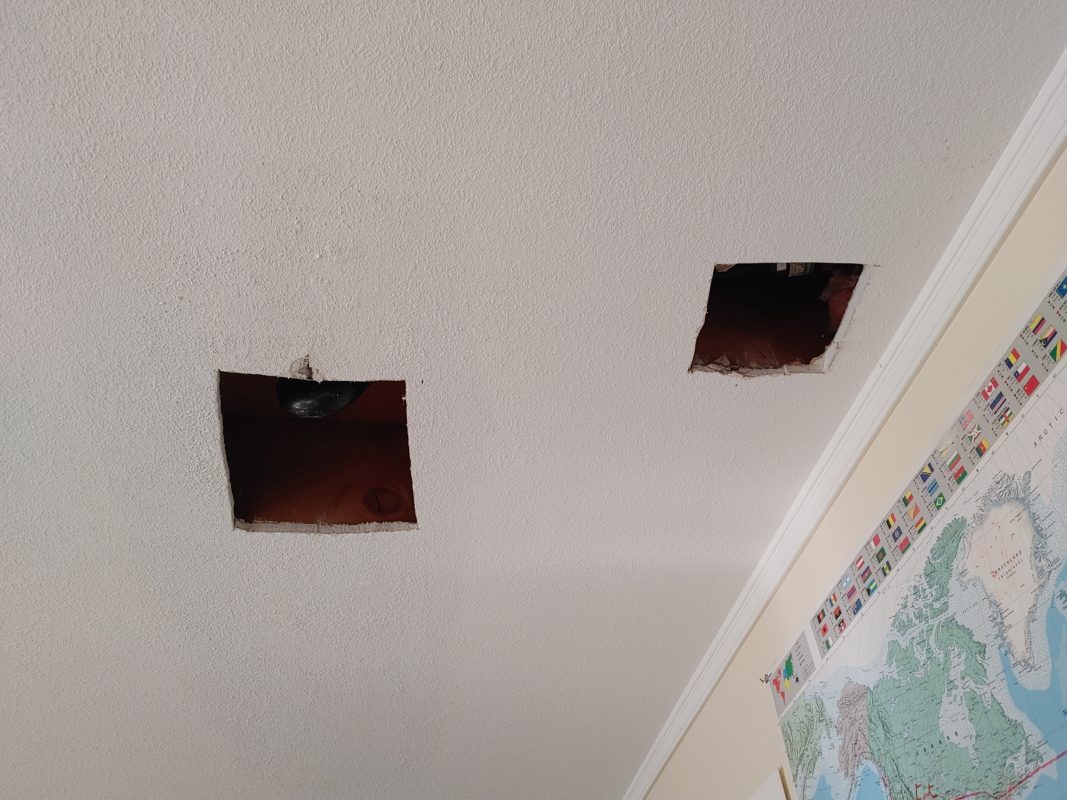
Addressing mold and mildew promptly and thoroughly can help you manage these common drywall issues, prevent further damage, and avoid potential health risks. Neglecting mold in a timely manner can lead to serious health concerns. For more information on the health impacts of mold exposure, check out this article by Healthline: “Mold: Symptoms of Exposure, Risks, and More”.
Drywall plays a vital role in the structure and appearance of your home, and addressing common drywall issues is crucial for preserving both. From minor aesthetic concerns like hairline cracks and dents to more significant problems like water damage and mold, understanding how to tackle these issues ensures your walls remain strong and visually appealing. Ignoring these problems can lead to more extensive damage and potentially higher repair costs down the line.
Taking proactive steps to fix common drywall issues not only enhances the look of your home but also protects its structural integrity. Whether you’re dealing with a small dent or a serious case of mold, knowing how to address these problems effectively is key to maintaining a healthy living environment. If you’re unsure about how to proceed or simply want professional assistance, our team is here to help. Don’t hesitate to contact us for expert guidance and support in keeping your home in top condition!

Call a Professional
Don’t let common drywall issues linger! Reach out to us today for professional drywall repairs and maintenance. Whether it’s a small fix or a major repair, we’ve got you covered. Contact us now to keep your home looking its best!

